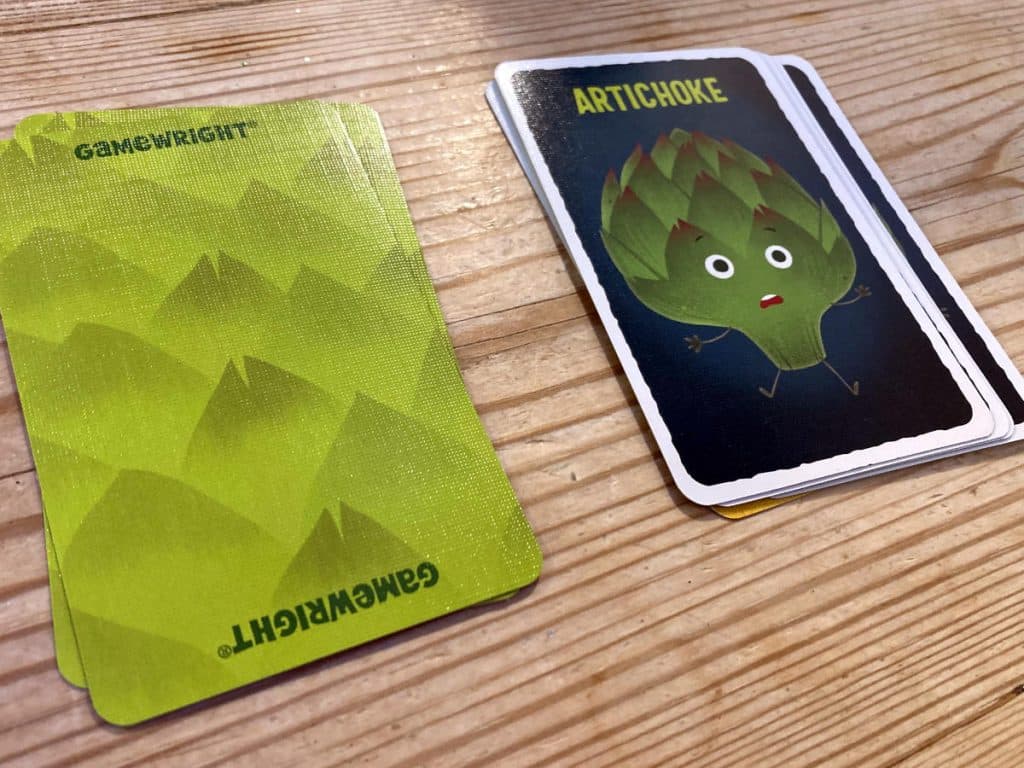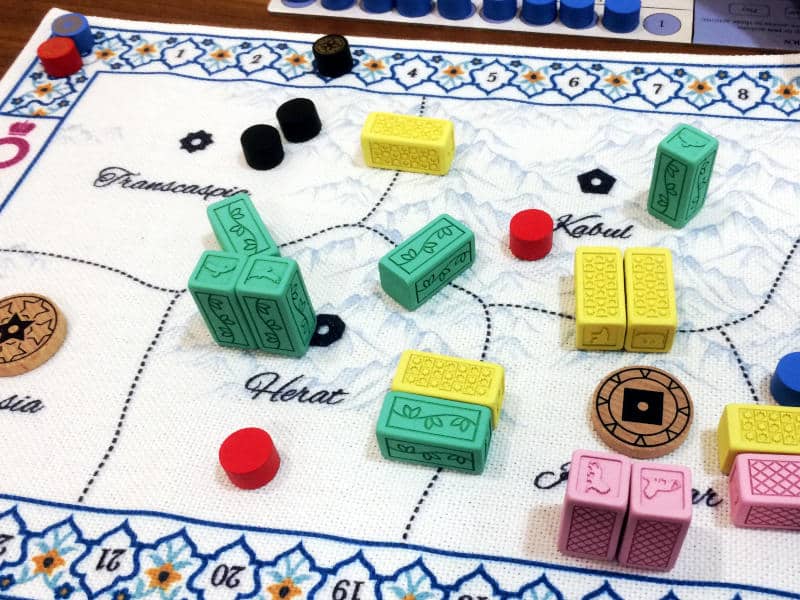Games come in all shapes and sizes. Designers create them in different ways and with different intentions. Some games are an interesting mix of mechanisms, others are a passion project that tries to evoke certain emotions when people play them. Games can have simple rules with deep emergent gameplay or they can be rules-heavy. While some games take minutes to play, others can take hours to complete. However games are designed, there are some that feel round and refined, while others seem awkward or overly difficult. So in this article, I want to investigate what it is that makes a game perfectly designed.
Maybe I’m setting the bar a bit too high by looking for perfection in game design. In reality, there is no such thing. Nothing is ever perfect and that is absolutely fine. In fact, it’s often the imperfections that make something charming. Yet, when something has too many rough edges, it just becomes irritating.
The same is true for board games. I don’t think there is any game that is perfectly designed, whatever that actually means in detail. Some come very close, while others are clearly way off the mark. However, before we delve any deeper, let’s try and quantify what I mean by a perfectly designed game.
Aiming for Perfection
I think one of the most obvious attributes of a well-designed game is rules complexity. A game that has too many rules that don’t naturally integrate with the game’s setting or theme or if there are too many edge cases and exceptions, maybe even exceptions to the exceptions, then I would say the game is not well designed.
It’s not about the number of rules. Some games can have a lot of rules, yet everything intuitively makes sense, while others have only a handful of rules and feel overly complex. Ultimately though, it comes down to how easy the rules are to understand and how naturally they fit the gameplay.

The next attribute that I think decides whether a game is well-designed is depth. By that, I don’t mean the number of choices players have on their turn or the amount of rules. Depth also doesn’t refer to the amount of variability due to modular boards or large decks of cards. I’m not talking about asymmetric player powers or similar. It’s the depth that emerges during play that I’m talking about.
A simple game like Chequers has a fair amount of depth to it, even though there are very few rules and very few options players have when it’s their go. The depth comes from the players and the decisions they make. A game where everyone only has one or two options can still create a huge amount of depth. A perfectly designed game has just the right amount of depth – not too much, not too little.
Perfect Investment
Other attributes that affect whether a game is perfectly designed is player investment. That includes downtime, player agency, fiddlyness, game length and how well it fits its target group.
If you have nothing to do until your next turn, then there is downtime and the longer that lasts, the worse the design is, in my view. A game needs to make sure players stay interested, whether it’s because they’re planning their next move or excitedly watching what other players are doing.
Player agency is another factor. It’s important for players to feel that they have an influence on a game’s outcome. Curiously, even a game with a lot of luck can still give players agency. Luck mitigation is an important design choice in my view.
A game is also badly designed when the components aren’t properly chosen. Tiny tokens can be fiddly. Too many tokens can be fiddly. Bad graphic design can make things difficult as well. I know that components aren’t necessarily part of a game’s design, but I do want to include them here.
Game length is also an important factor. It’s not the absolute playing time that matters, but whether the game outstays its welcome. A game that takes 4 hours can still be exciting right until the end, while a 30-minute game can be boring when you’re only 10 minutes in.
The most important factor for a perfectly designed game is whether it appeals to its target group. Just because a game was perfectly designed doesn’t mean everyone in the world will love it. However, if a game is aimed at a certain group and it still doesn’t work for them, then it misses the mark in my view.

Perfect Games
To try and sum it up, a perfectly designed game doesn’t have any rough edges. There are no unnecessary rules and the gameplay flows well and feels exciting until the end. A perfectly designed game has the perfect balance of everything.
Now it’s time to give you some examples, but instead of listing games, let me mention a few designers whose games I think are, generally speaking at least, amazingly well-designed.
First on my list is Cole Wehrle. He’s a designer whose games I’m always very willing to play. Even his more complex games, such as Pax Pamir: Second Edition, are actually pretty easy to play and certainly keep me enthralled from the start, right to the end. Every rule has a purpose and the mix of mechanisms works perfectly. On top of that, Cole loves to cover important topics from history and convert them into games that make you want to learn more about them.
Emma Larkins is another designer who I think creates amazingly well-designed games. It’s no surprise that her game, Abandon All Artichokes, is so popular and widely available. It’s a great family game with very few rules, but a lot of depth and everyone is invested right until the end.
I also love every game that Rory Muldoon ever designed. For example, his and Matthew Dunstan‘s game Aquamarine convinced me to give roll-and-writes another go. Its simple design and very engrossing setting that has no downtime is exciting right until the end.
Nikki Valens also deserves to be mentioned here. I mean, for a cooperative game that becomes one-versus-many at the end and that stays exciting throughout, Mansions of Madness: Second Edition can’t be beaten. It’s a game that is really quickly set up and always very different.
What About You?
So I’ve given you my thoughts on what I think makes for a perfectly designed game. Now I want to know what you think. What attributes does a game have to have to be considered perfect? What games can you think of that you think are perfectly designed? Or maybe there are certain designers that you think always do a perfect job. As always, please share your thoughts in the comments below.
Useful Links
- Pax Pamir: Second Edition review: https://tabletopgamesblog.
com/ 2022/ 08/ 27/ pax-pamir-second-edition-saturday-review/ - Abandon All Artichokes review: https://tabletopgamesblog.
com/ 2024/ 06/ 08/ abandon-all-artichokes-saturday-review/ - Aquamarine review: https://tabletopgamesblog.
com/ 2022/ 07/ 16/ aquamarine-saturday-review/
Audio Version
Intro Music: Bomber (Sting) by Riot (https://www.
Music: Plum Blossom by Blue Dot Sessions
Playlist
These are the songs I listened to while I was writing this topic discussion article:

